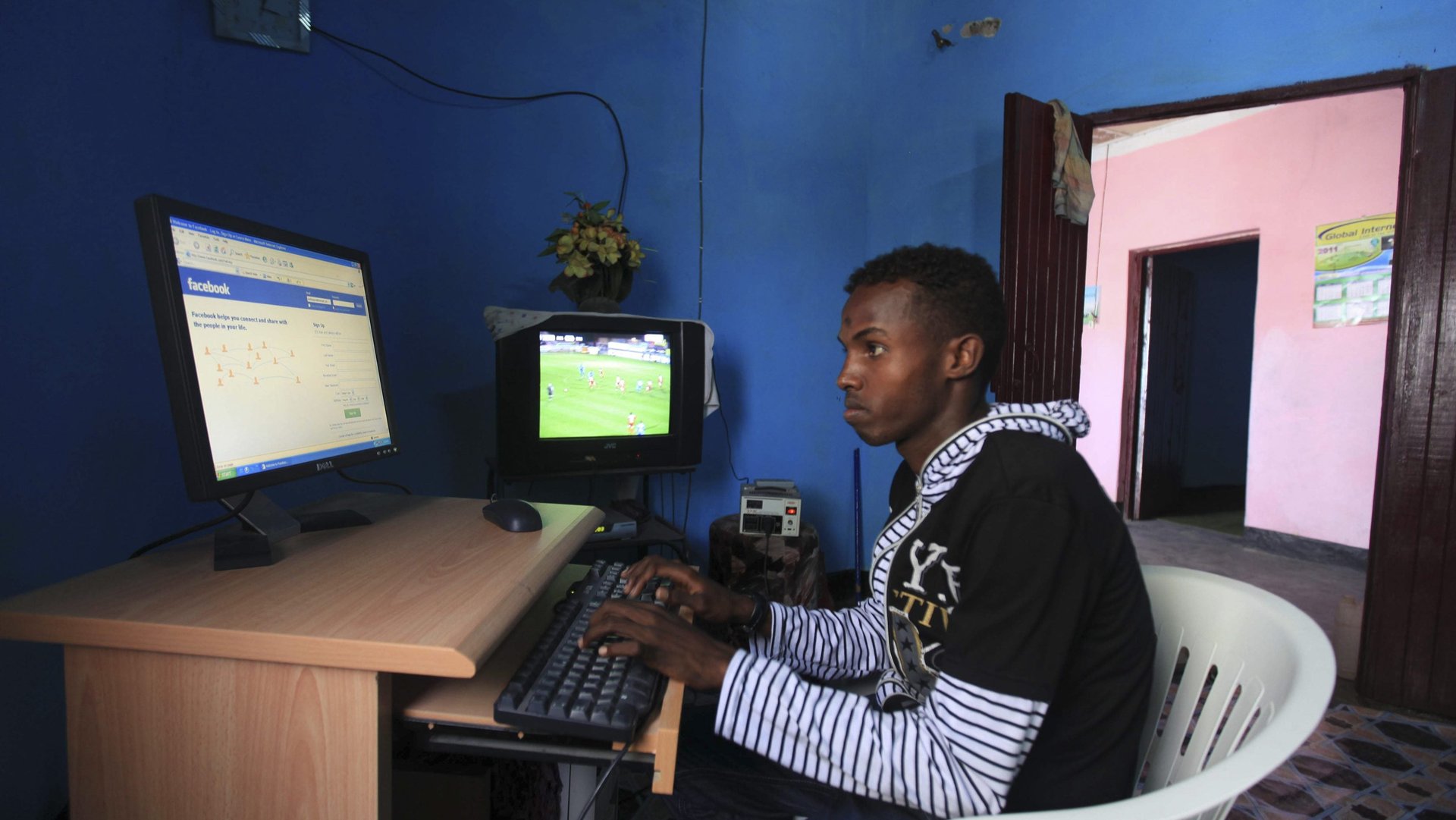African governments are withholding millions of dollars meant to increase internet access
At just 22%, Africa is the region with the lowest levels of internet use in the world. But as a new research shows, countries continue to fall short of financing projects aimed at removing barriers to internet access in rural, remote, and poor urban areas—even when they have those funds.


At just 22%, Africa is the region with the lowest levels of internet use in the world. But as a new research shows, countries continue to fall short of financing projects aimed at removing barriers to internet access in rural, remote, and poor urban areas—even when they have those funds.
The joint report, from the Web Foundation, the Alliance for Affordable Internet and UN Women shows that 37 countries on the continent have what is known as the Universal Service and Access Funds (USAF). The purpose of these funds, usually collected through levies on telecommunication licenses, appropriations from the government as well as grants and donations, is to promote connectivity to underserved communities. Yet an estimated total of $408 million remains unspent in government coffers, with disbursement rates remaining low over the years.
Across Africa, just four countries—namely Côte d’Ivoire, Nigeria, Rwanda, and Uganda—carried a zero balance. But even then, the authors questioned how transparent their distribution mechanism was, and referenced the timely allocation of funds in Nigeria and Côte d’Ivoire to laws requiring authorities to spend the money every fiscal year. Just three countries explicitly planned to improve internet connectivity for women and girls through the USAF funds.
The internet has a vital effect on economic growth and social transformation. But while the internet contribution to the gross domestic product (GDP) stands at 3.7% globally, it averages 1.1% in Africa. The continent also has the slowest internet speeds in the world, while high data costs and inadequate infrastructure keeps millions from achieving universal digital access. Besides, governments from Ethiopia to Cameroon, Egypt to DR Congo continue to shut down the internet or block access to social media outlets— costing economies millions of dollars in revenue.
To ensure internet access is a reality for all, governments could use their USAFs to provide subsidized access to devices and connect Wi-Fi in community spaces like schools and libraries. The report says the unspent $408 million could be used to help provide digital skills training to nearly 16 million women and girls.